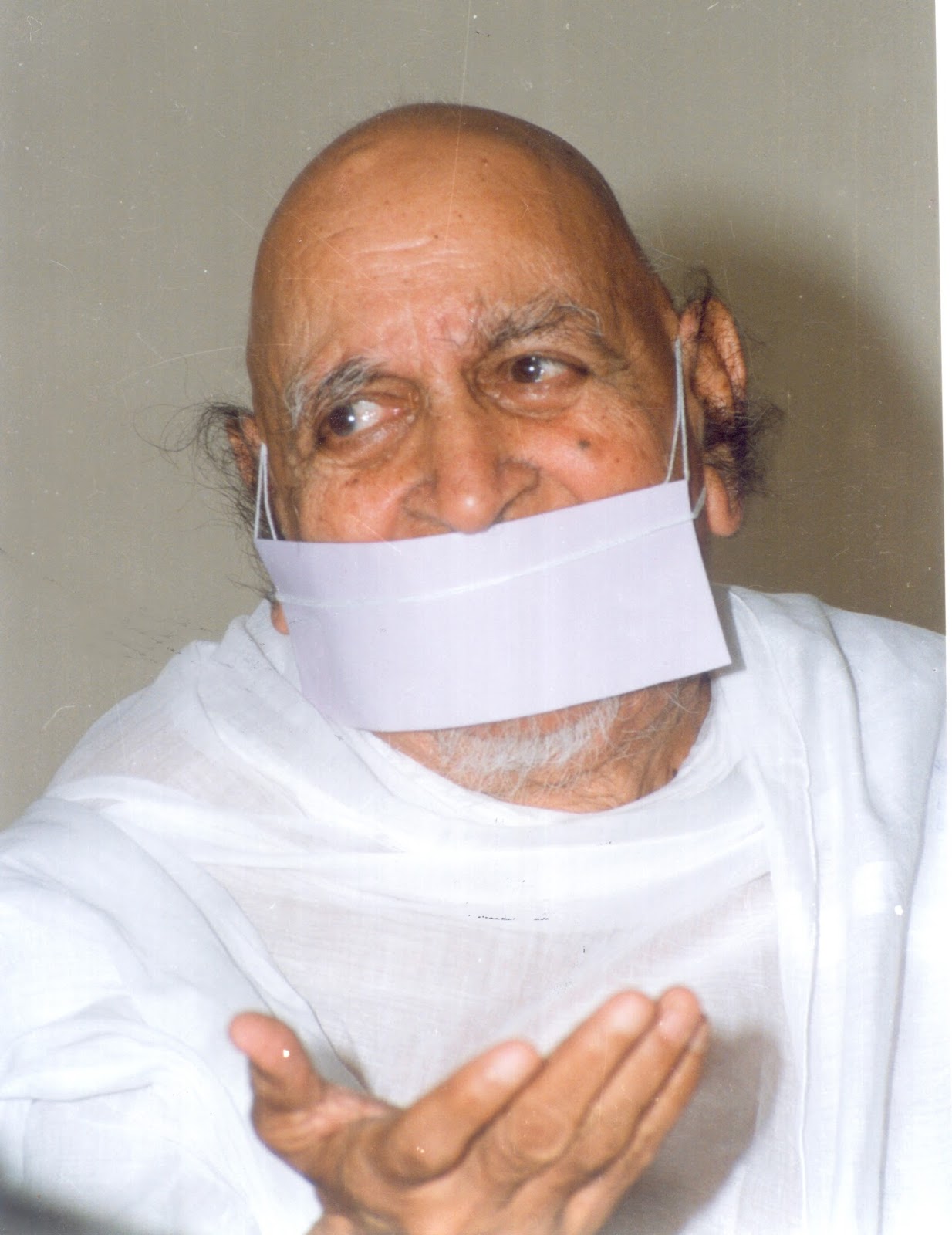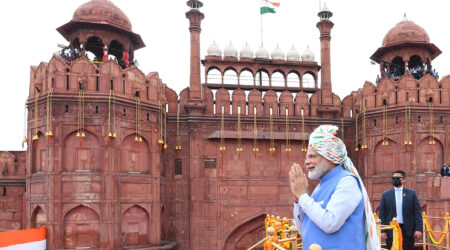By Shivani Bothra
The Anuvrat vows are modified versions of the five Mahavrat, or great vows taken by Jain renunciates. These five Mahavrat are Ahimsa or nonviolence, in which the renunciates vow not to destroy any life and the laity vow to take care whenever possible and not to destroy life; Satya or truthfulness, in which the renunciates vow not to lie and the laity vow to take care and not to behave in a deceitful way or to spread gossip; Asteya or non-stealing, in which the renunciates vow not to take what is not given and the laity vow not to covet or steal the possessions of others; Brahmacharya or celibacy, in which the renunciates vow to abstain from sexual intercourse and the laity vow not to commit adultery and to be modest; and Aparigraha or non-possession, in which the renunciates vow to renounce all interest in worldly things and the laity vow to limit their possessions to only what is bare essential whenever possible. The Mahavrat are meant to be absolute and permanent, whereas Anuvrat are goals that laypersons strive to attain and could be undertaken for limited periods of time, depending on one’s capacity, in order to bring one closer to the ideal way of life exemplified by the renunciates.
Acharya Tulsi was disenchanted by human psych rooted in selfishness and over-consumption (related to Aparigraha) or over-competitiveness and maximization of profits (related to Ahimsa) by wrong means. He was also aware of the five vows being pervasive in many religious traditions in India. Thereupon, Acharya Tulsi adopted an innovative perspective and modified the existing traditional Anuvrat vows with a hope for a major impact of the movement. His strategy was two-fold: on the one hand, the movement was geared towards creating a platform for interfaith dialogue by overcoming the cultural and religious barriers between Jains and non-Jains. On the other hand, he did not want to limit the movement to the Terapanth sect (to which he belonged), as Jains are already a minority group in India and Terapanth a minority within Jainism. The small, close-knit group of Terapanthi may have formed Acharya Tulsi’s core base of followers but his goal from the beginning was to address the social ills of the wider Indian society.
From the beginning, Acharya Tulsi along with his core group of monks and nuns designed the model for the movement while keeping three factors central – the religious diversity within India, secularism in India, as well as the philosophy of small vows. It also provided a new ray of hope in continuation of the popular socio-political ideas that had been introduced during the Gandhian era. Thus, the Anuvrat Movement took birth in Sardarshahar in Rajasthan, India during the mid-twentieth century as a nonviolent, non-sectarian and spiritual mass movement.
This work is brought to you for free and open access by the University Graduate School at FIU Digital Commons.
The first article (The South Asian Times dated December 25-31,2021) extracted from the thesis ‘THE ANUVRAT MOVEMENT: THEORY AND PRACTICE’ submitted by Shivani Bothra at the Florida International University in partial fulfillment of the requirements for the degree of Master of Arts in Religious Studies described how to incorporate spirituality into a secular movement by employing self-restraint which is a philosophical ideal behind the Anuvrat Movement. This is the third article from the thesis and the 48th article in the Anuvrat series. You may submit your article to [email protected]
People Also Ask…
Which was the first Jain Center?
Jain Center of America-New York may be considered the first in New York and in North America as it was informally established in 1965, though registration and incorporation were done later. The name was given with a vision that other centers in North America will continue to be named as Jain Center of America – Chicago, Los Angeles, San Francisco etc. with a hyphenated location name. Unfortunately, this vision did not materialize.












